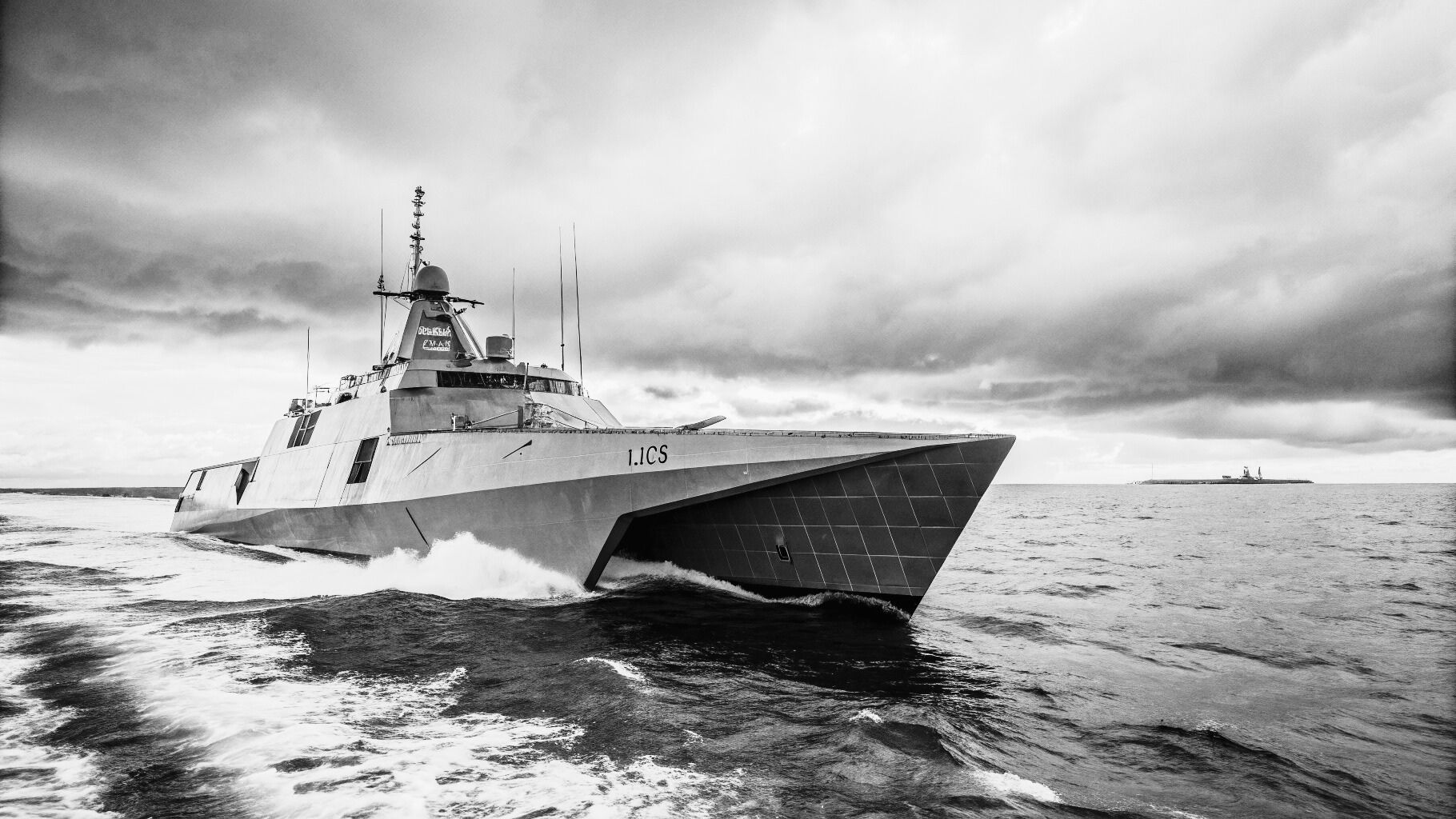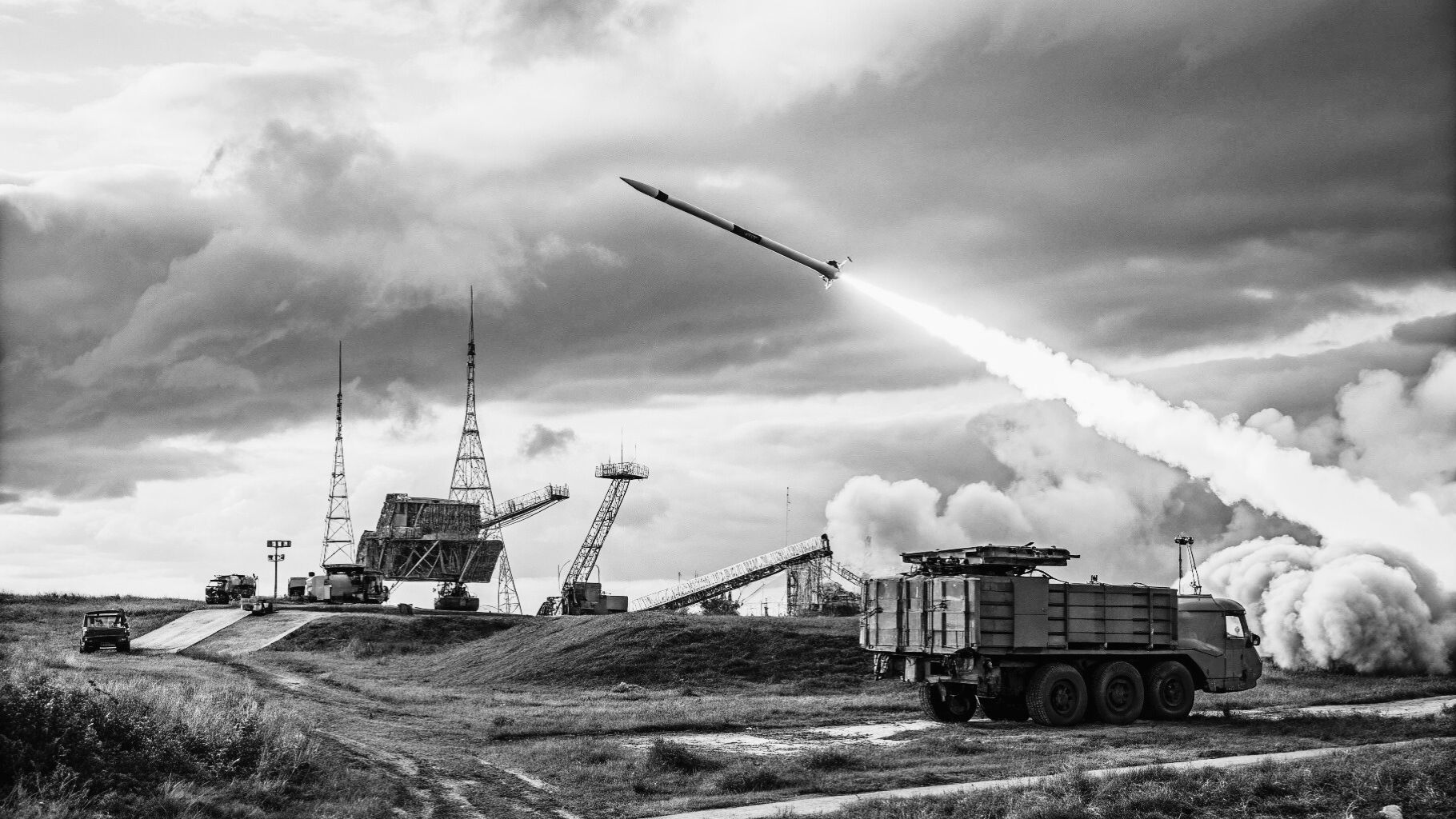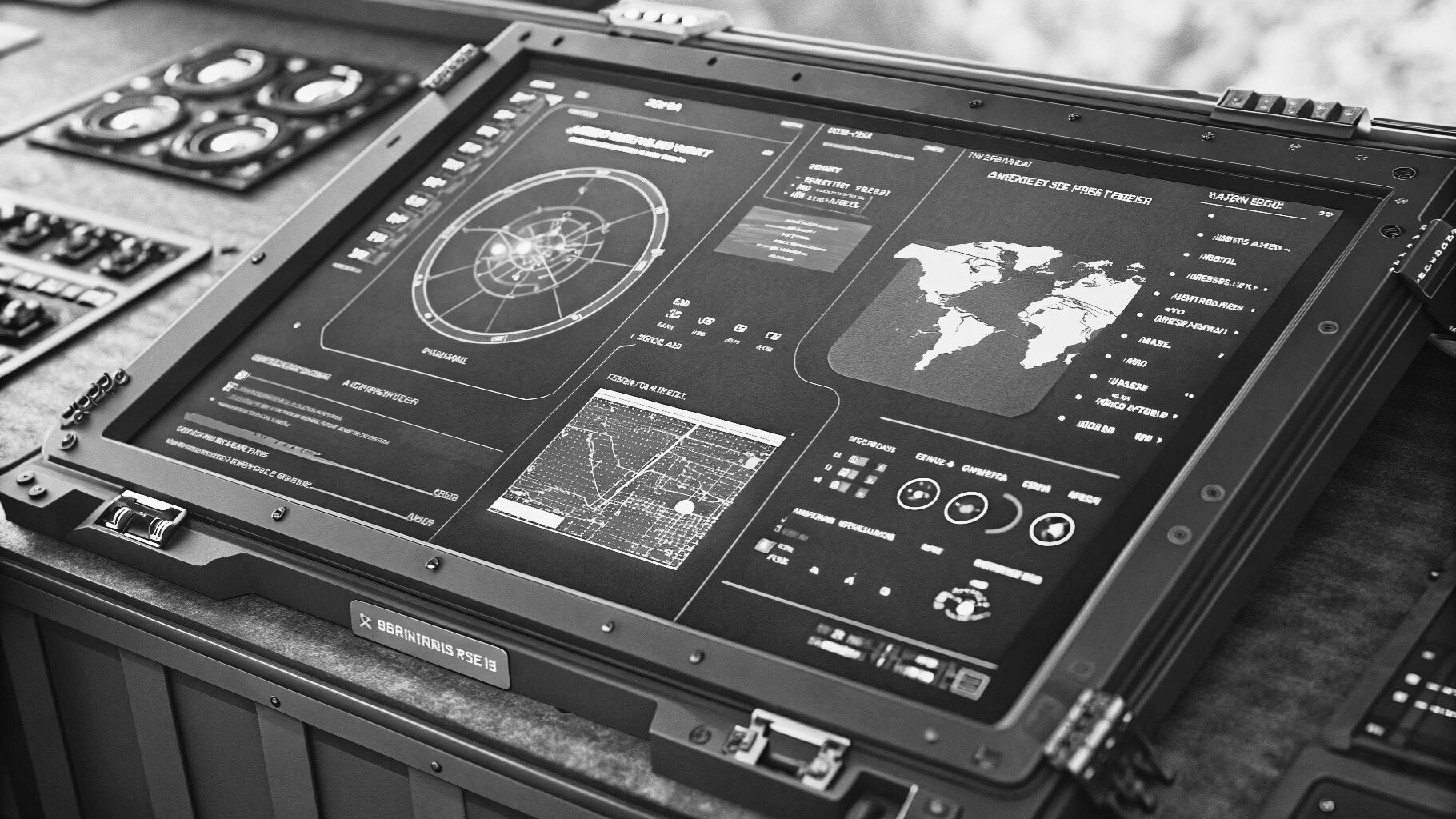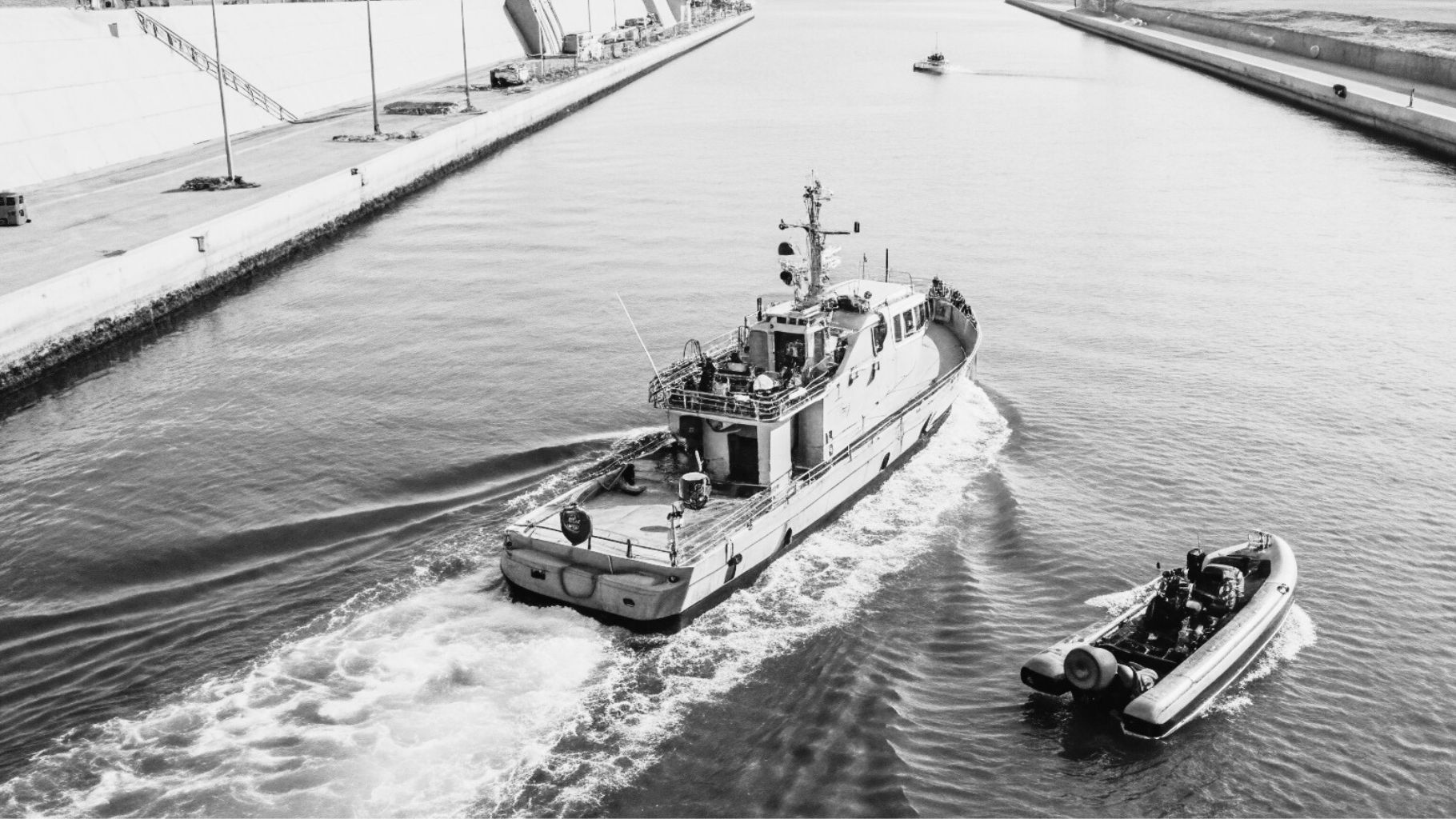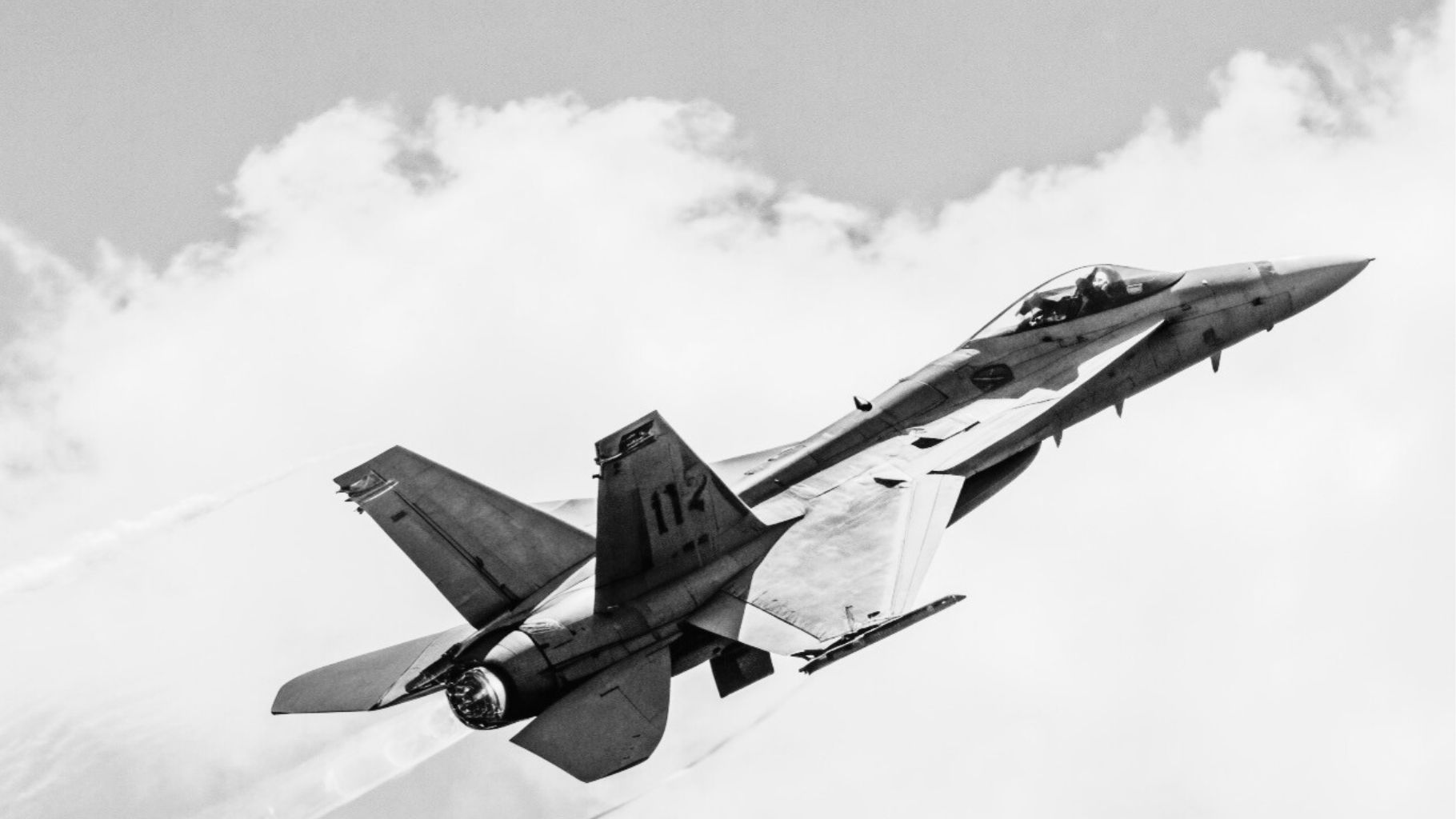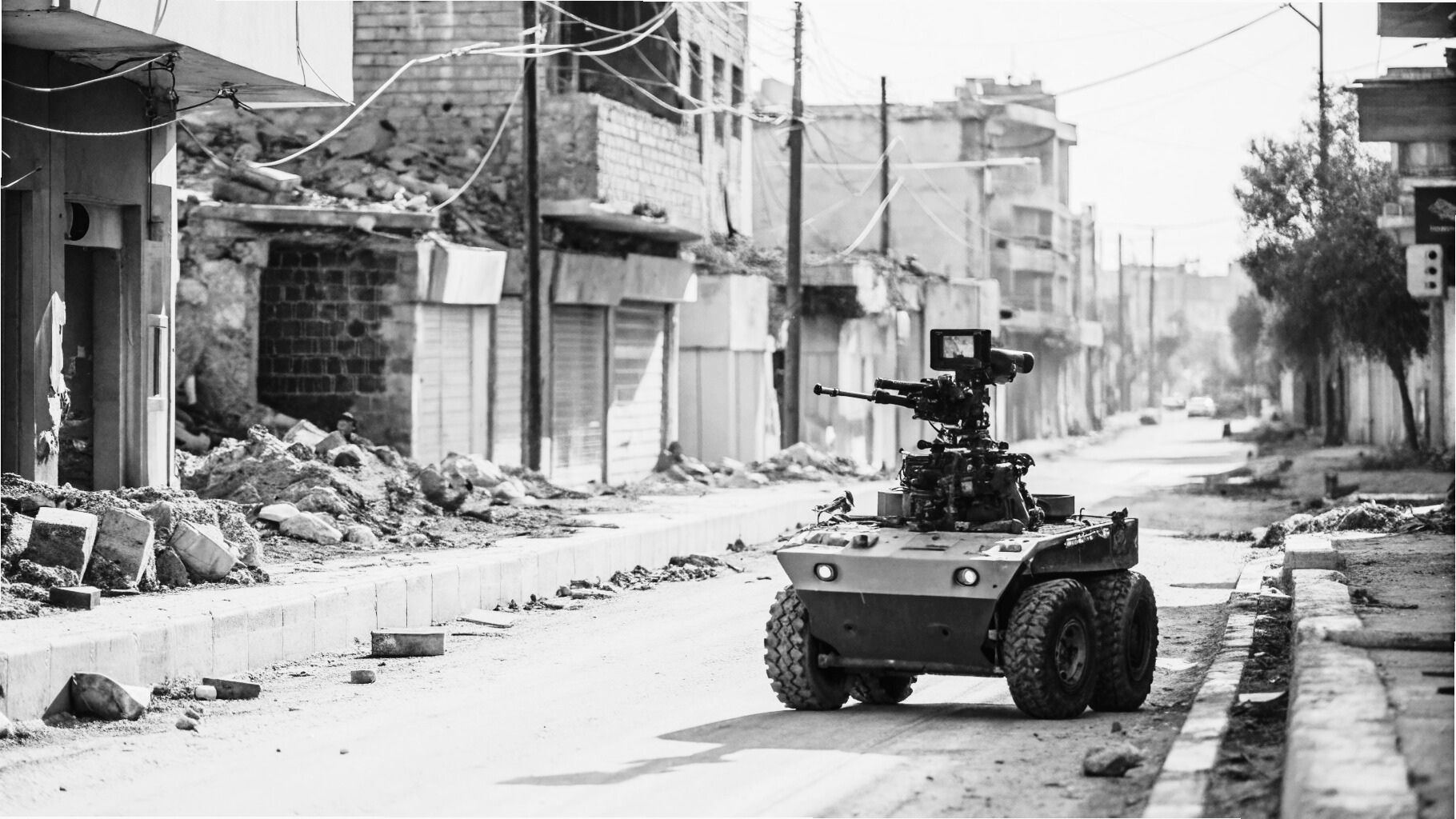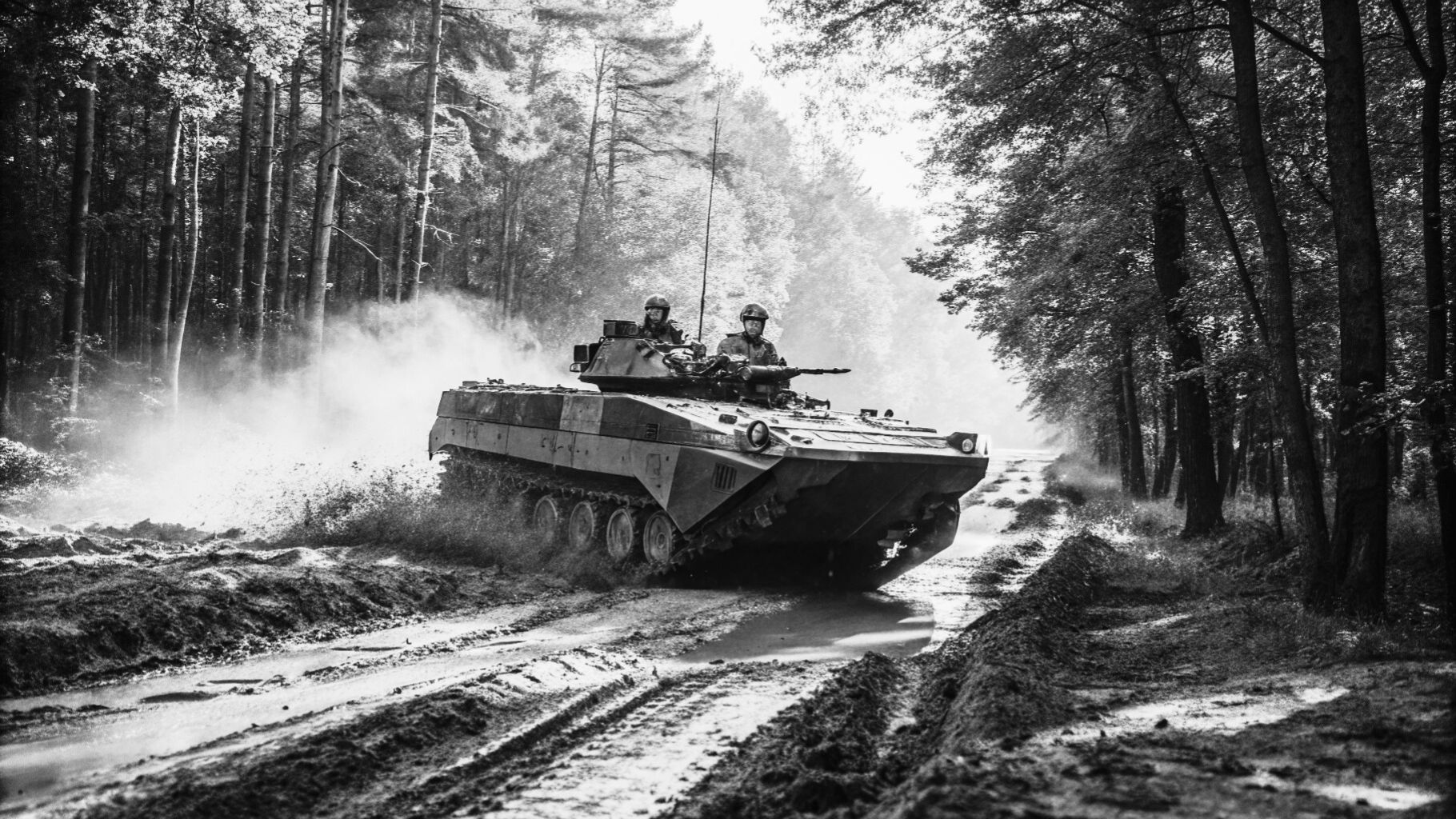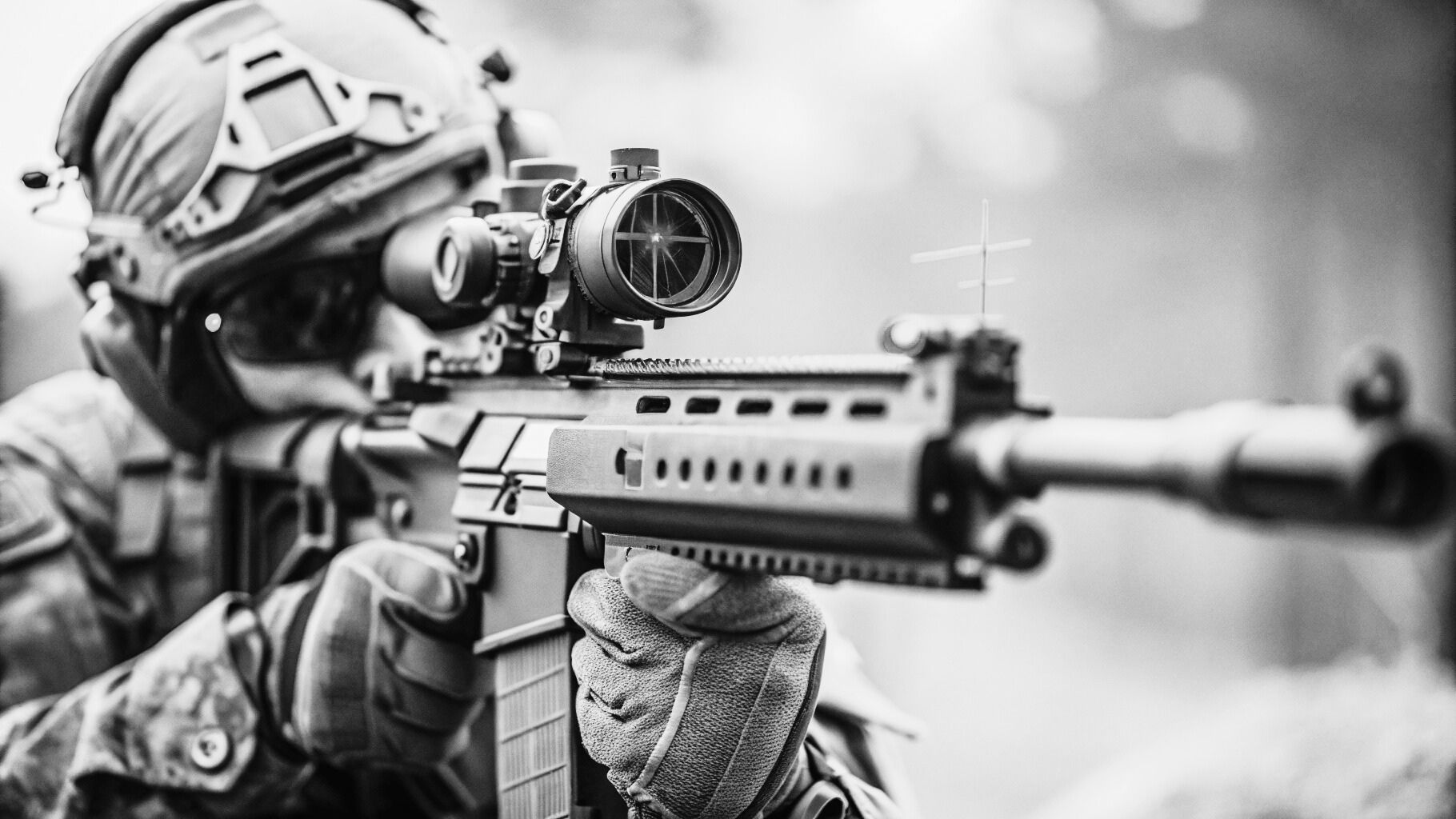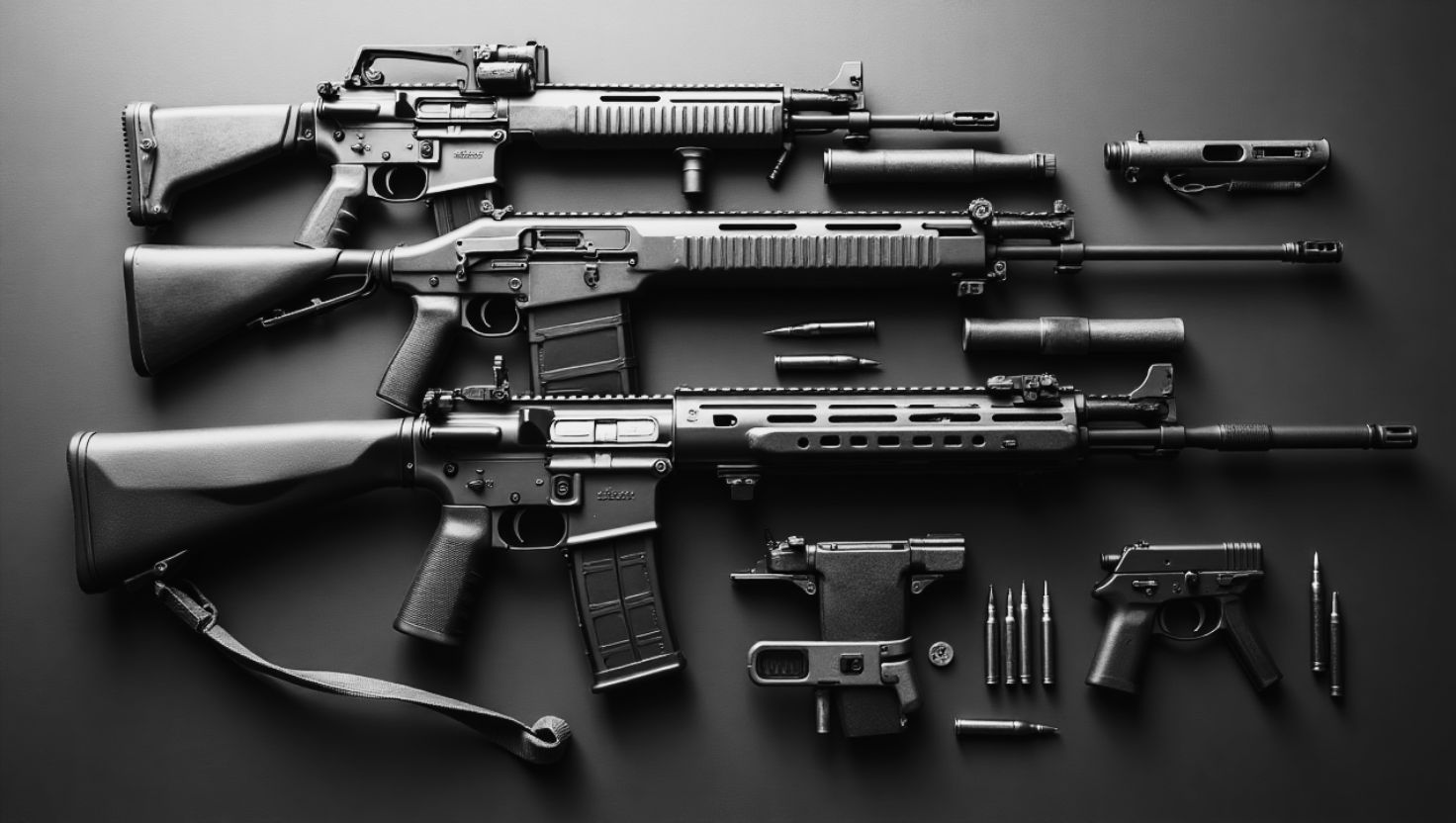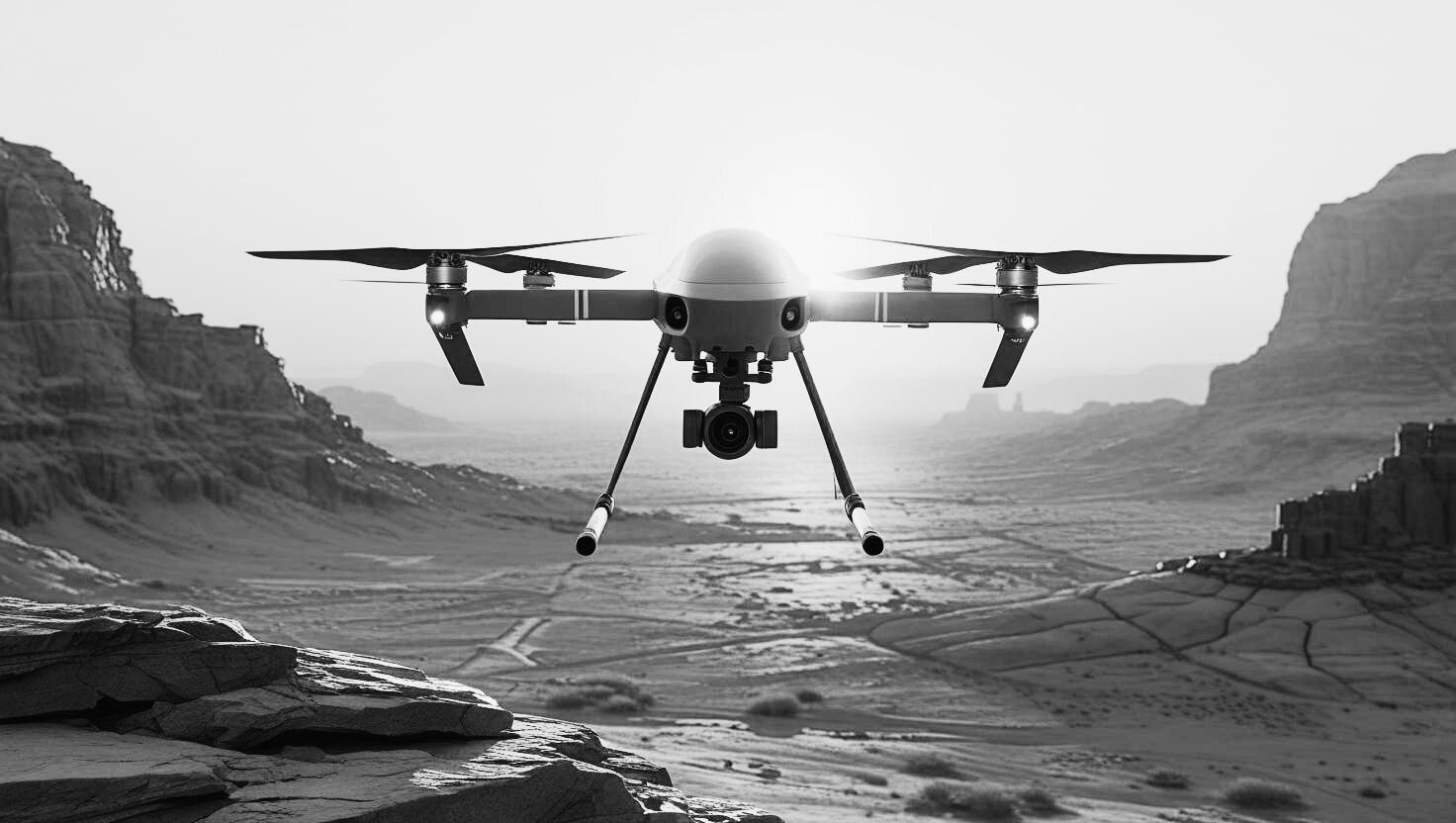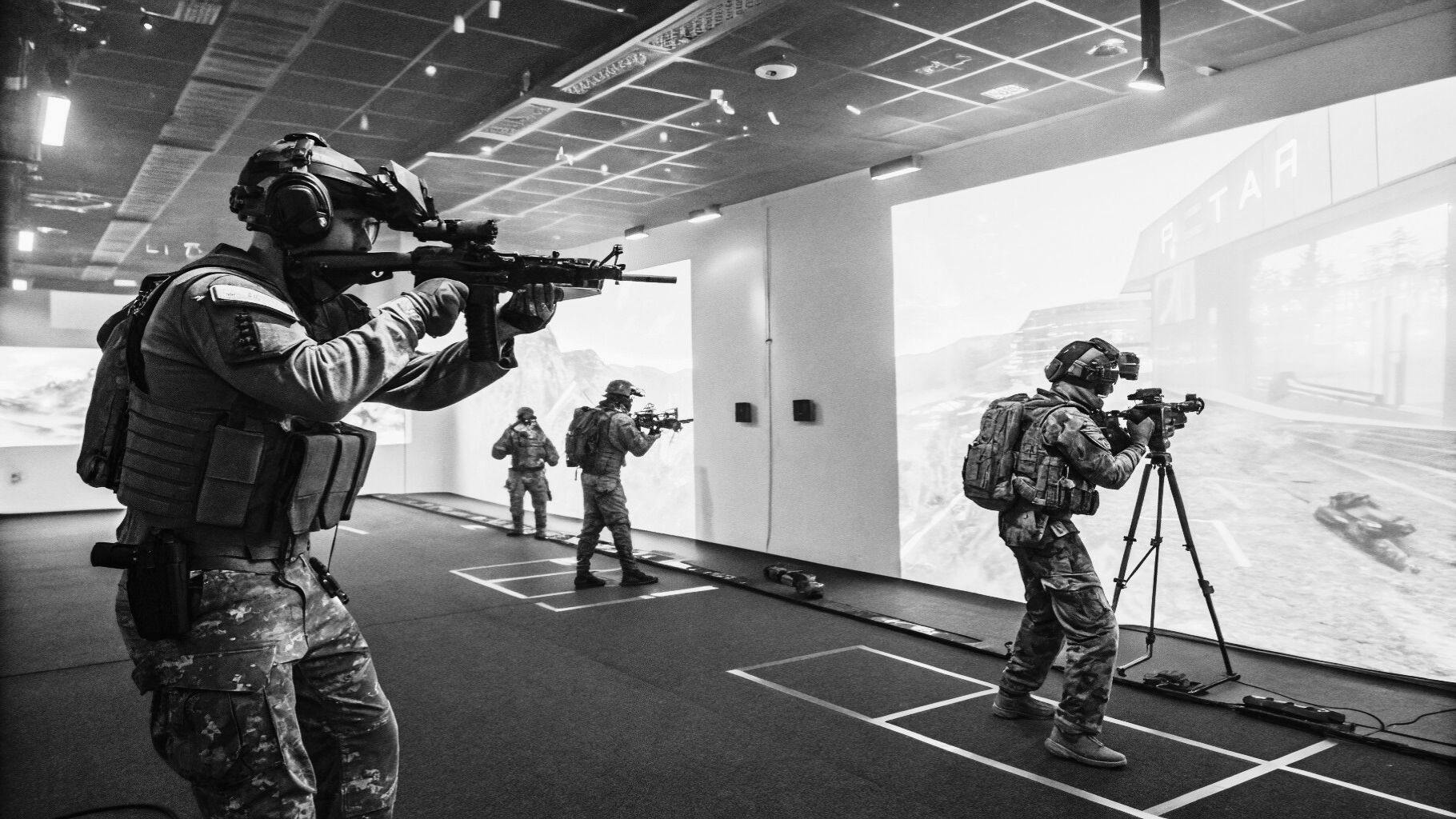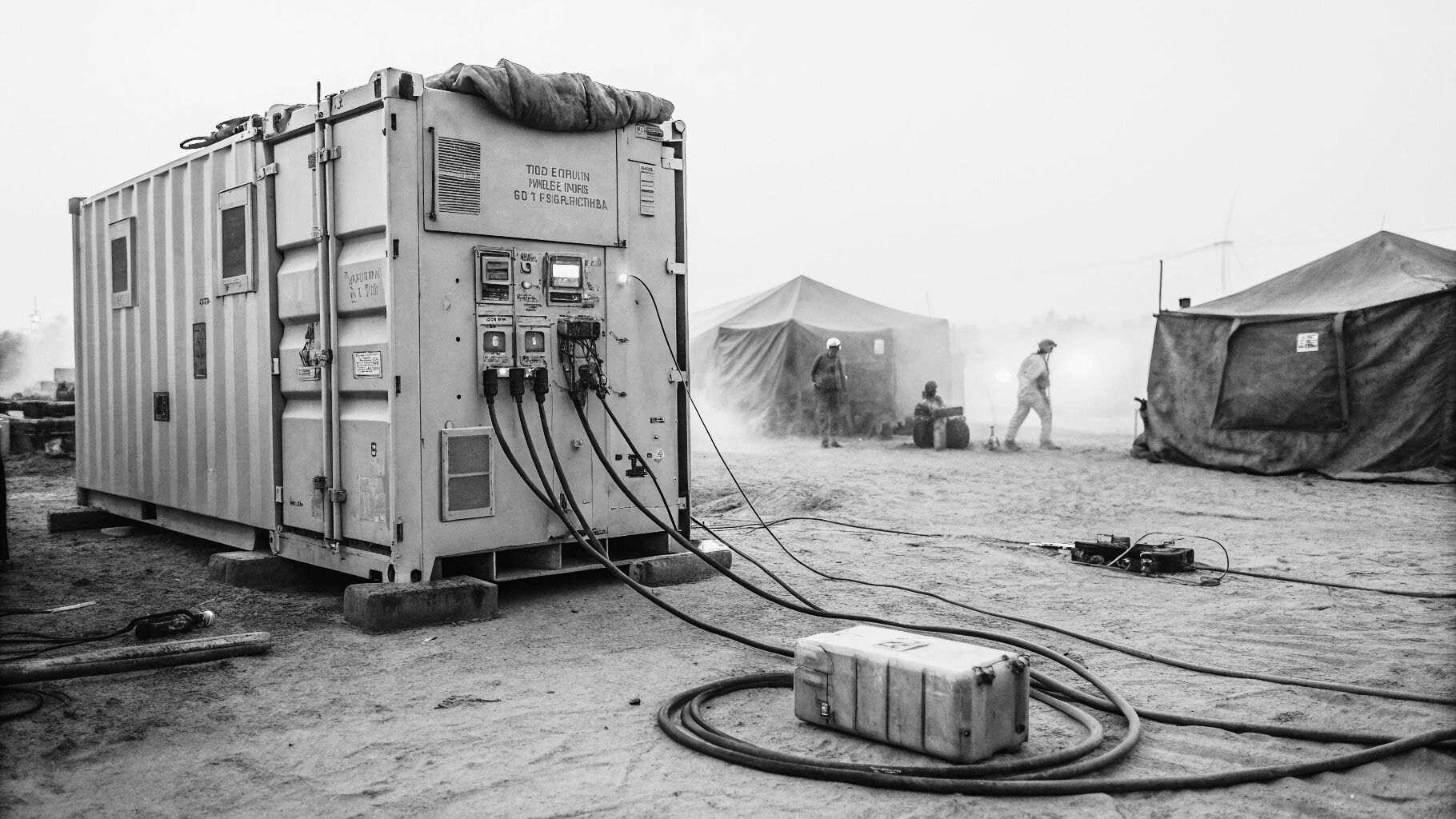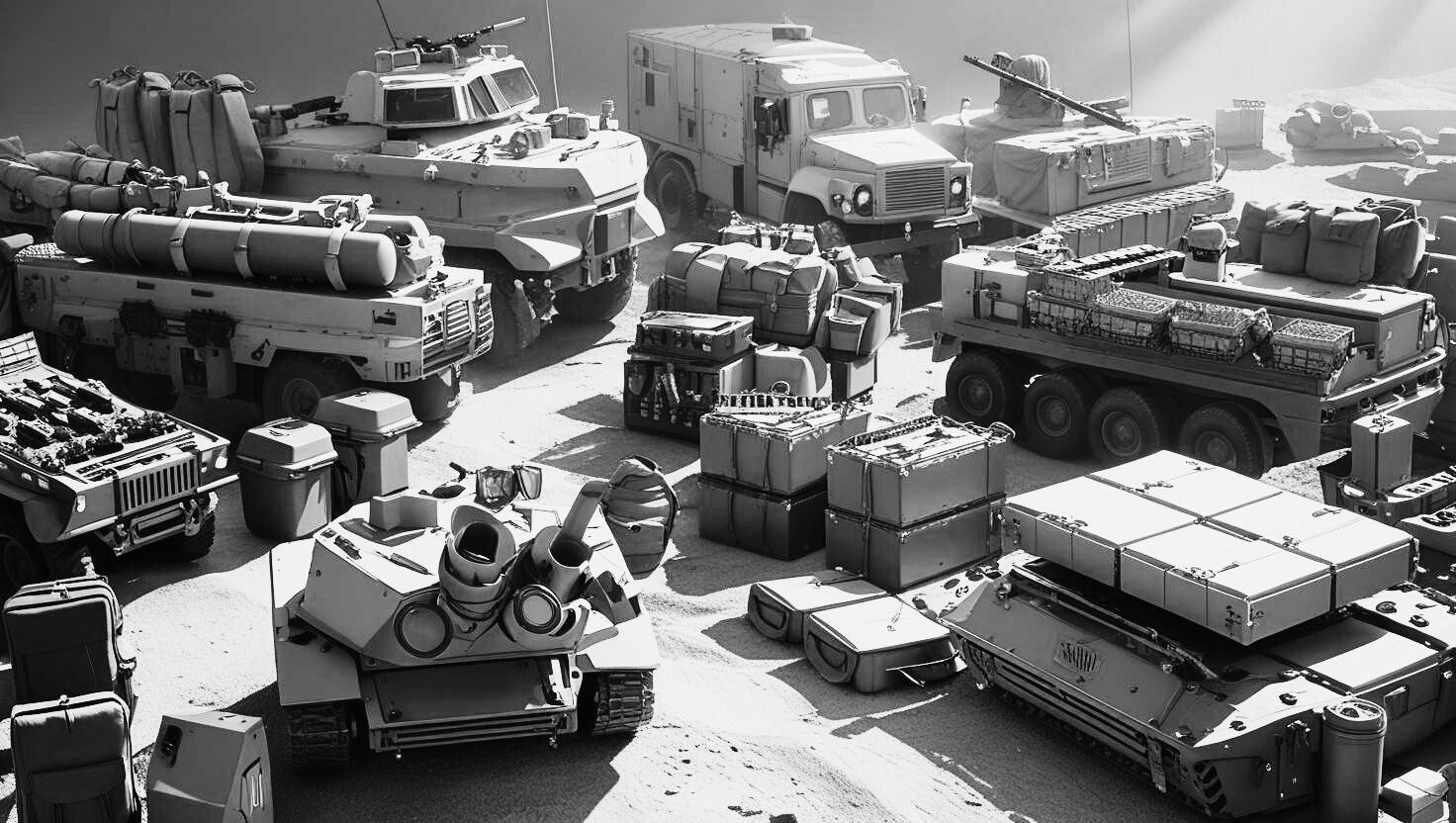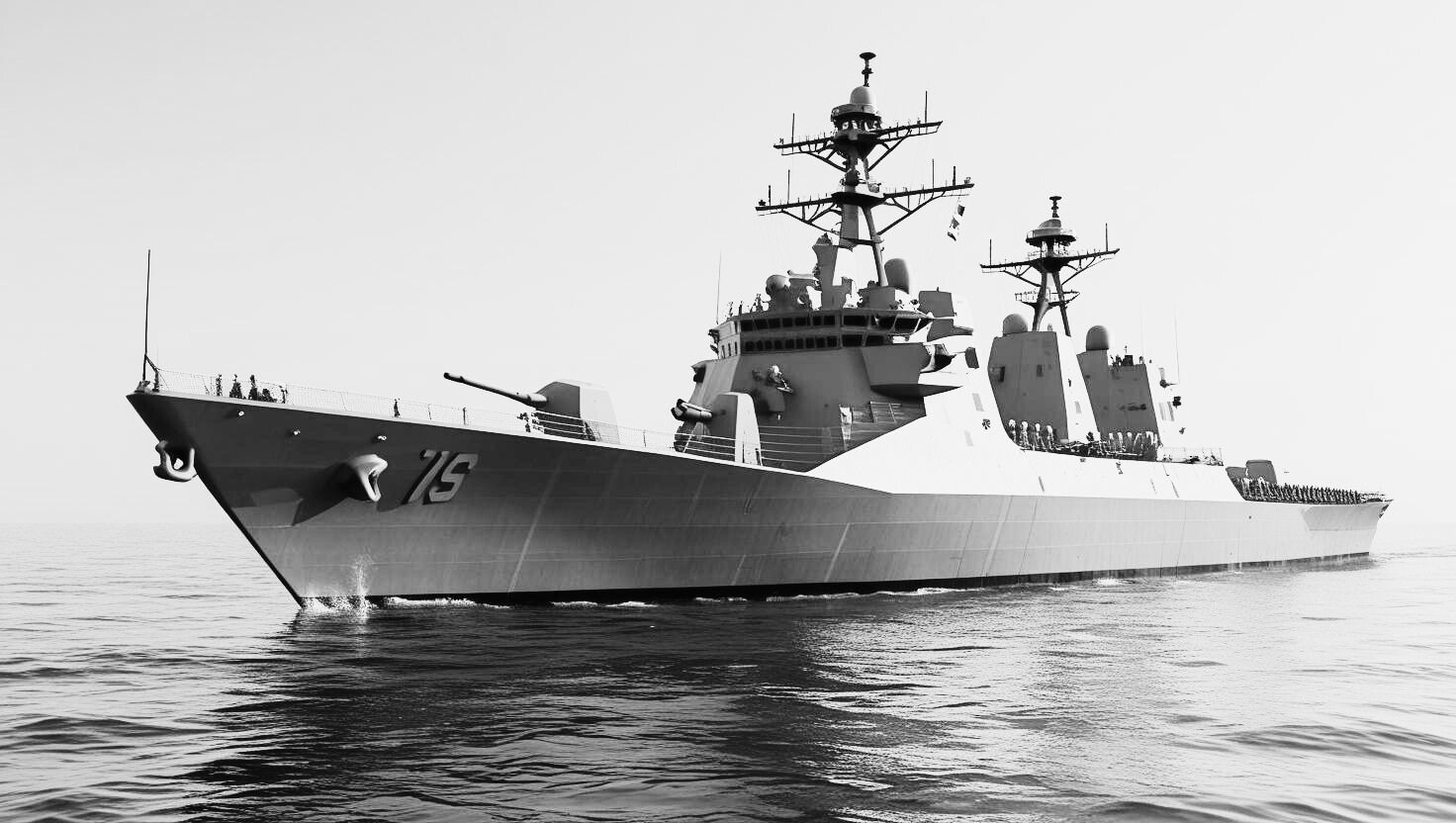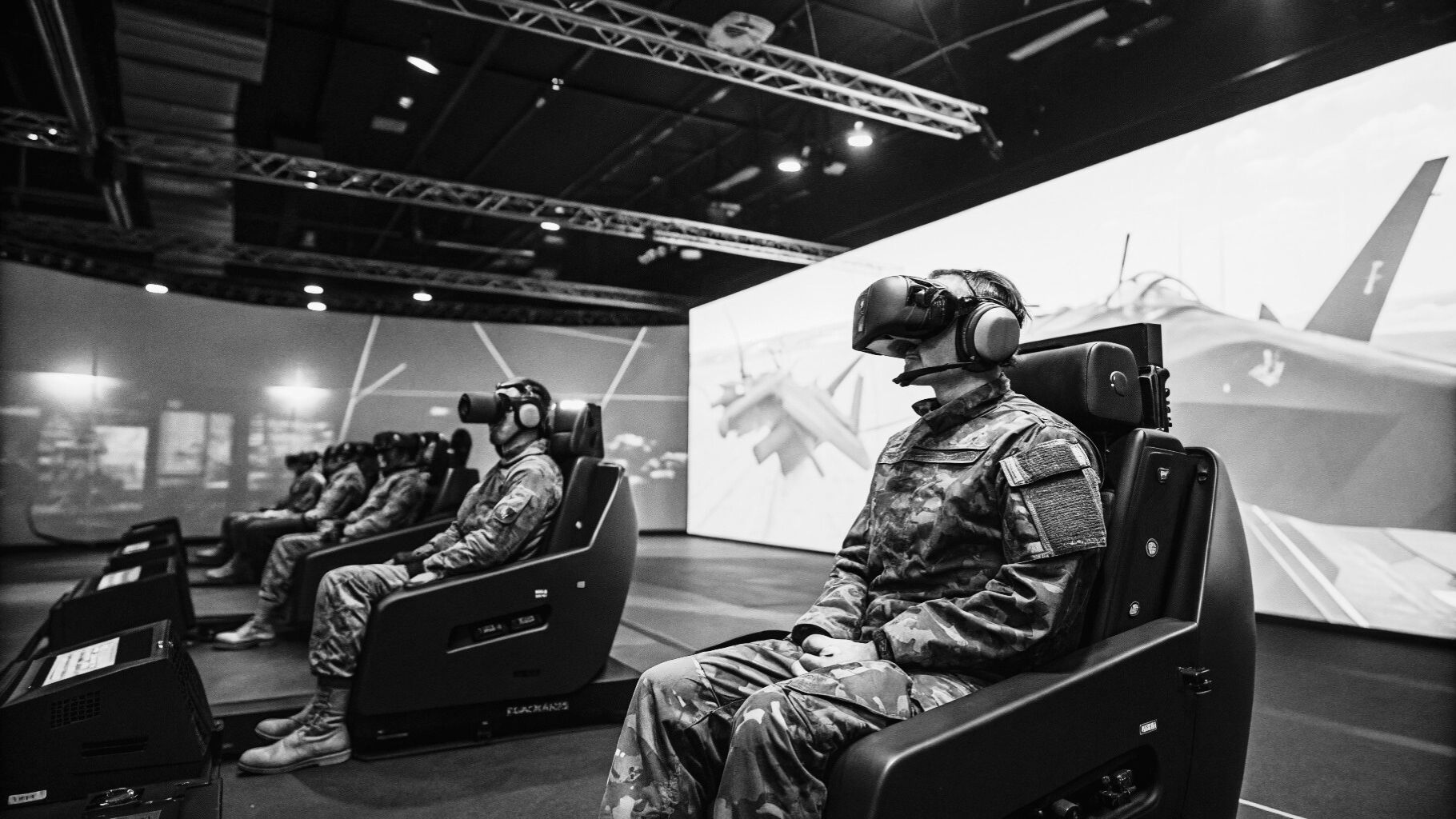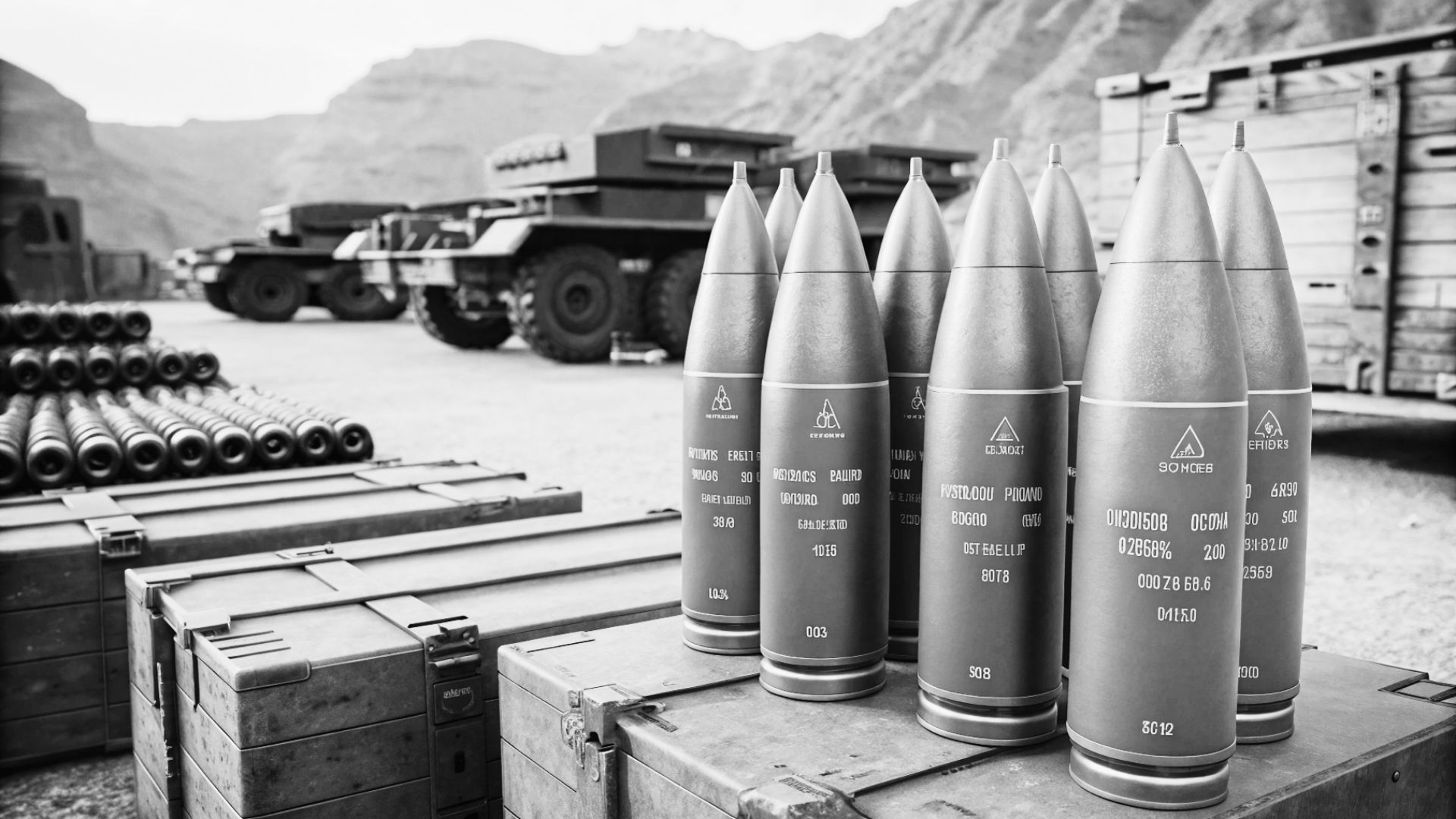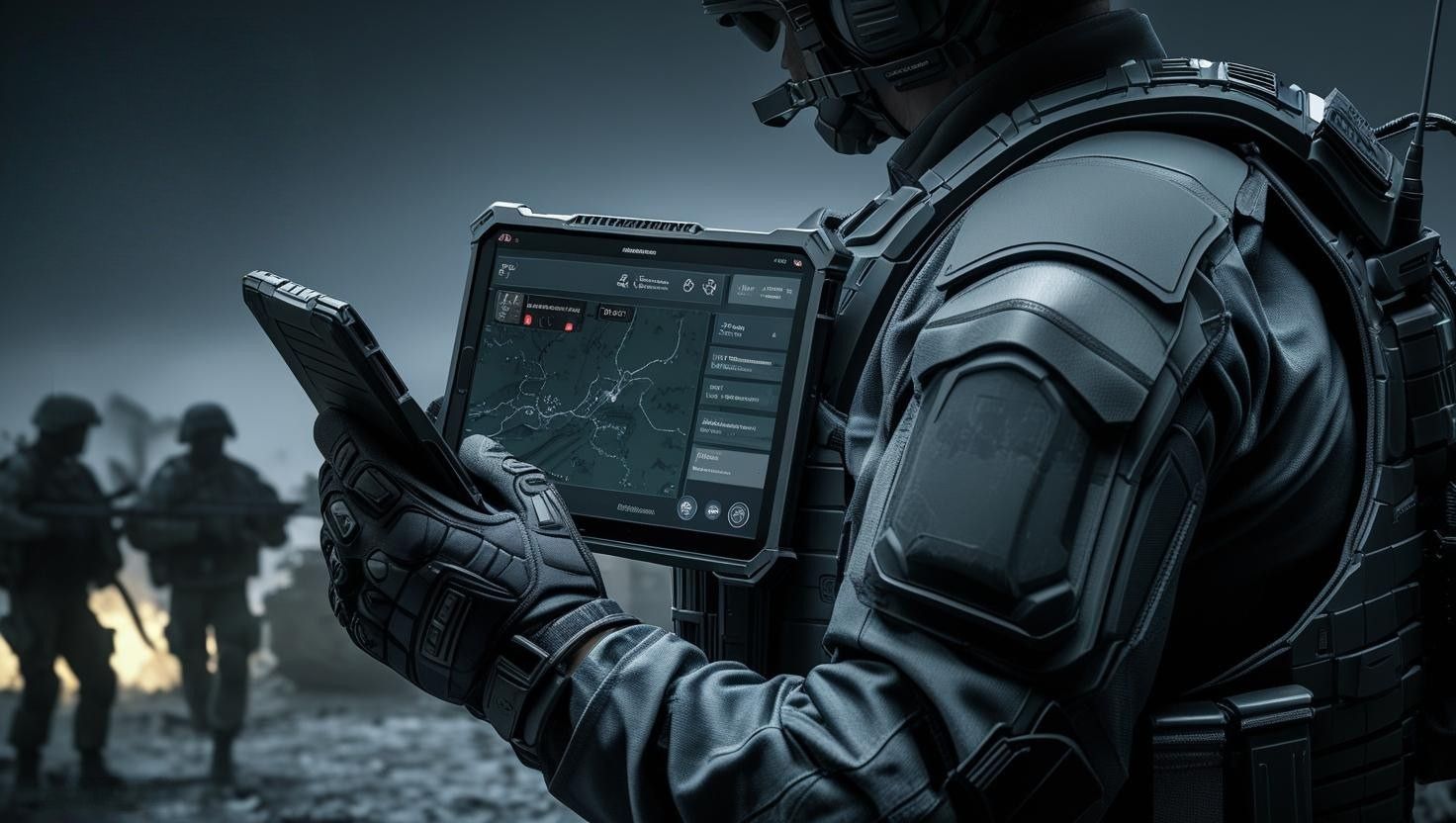
BAE Systems and Forterra have joined forces to develop an autonomous version of the Armored Multi-Purpose Vehicle (AMPV) for the US Army, with field testing targeted for 2026.
The initiative is BAE’s first collaboration with an outside firm under its plan to build modular capability kits—upgrade packages enabling combat vehicles to adapt to emerging battlefield threats such as drones, electronic attacks, and AI-driven systems.
The prototype will incorporate Forterra’s AutoDrive platform, a comprehensive autonomy solution that fuses sensors, processors, and control systems to allow military vehicles to navigate independently, follow routes, and operate in coordination with other autonomous assets.
The technology is already compatible with Bradley IFVs and M109A7 Paladin howitzers, key vehicles in Armored Brigade Combat Teams.
About the AMPV
The AMPV program is part of a Pentagon effort to replace the 1960s-era M113 personnel carriers with more capable, survivable platforms.
Based on the Bradley chassis, the turretless AMPV is produced in multiple roles — general purpose, command, mortar carrier, medical evacuation, and treatment variants. The vehicle’s 6-meter-long aluminum hull, reinforced with anti-explosive protection, houses a 600-horsepower Cummins diesel engine, giving it a top speed above 60 kilometers per hour and a range exceeding 360 kilometers.
It supports a range of weapon systems, including heavy machine guns, automatic grenade launchers, and mortars.
Program Status
BAE Systems received a $184-million modification in October 2024 for 48 more vehicles, followed by a $139.5-million contract in August 2025, raising the AMPV program’s total value to over $2.28 billion. Production continues at BAE’s York, Pennsylvania facility, with completion slated for 2028.



